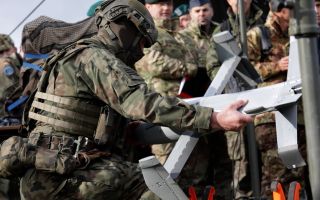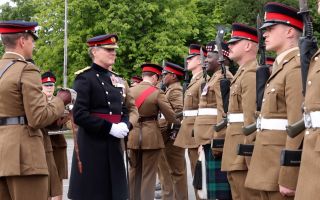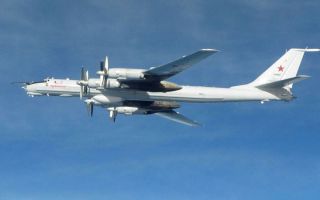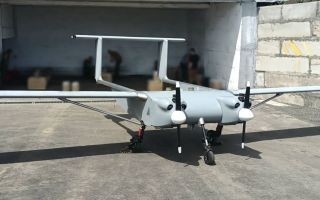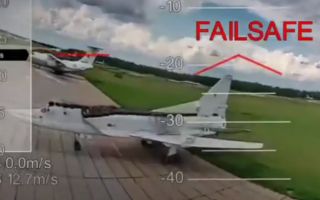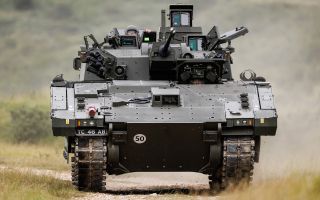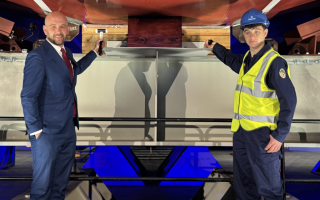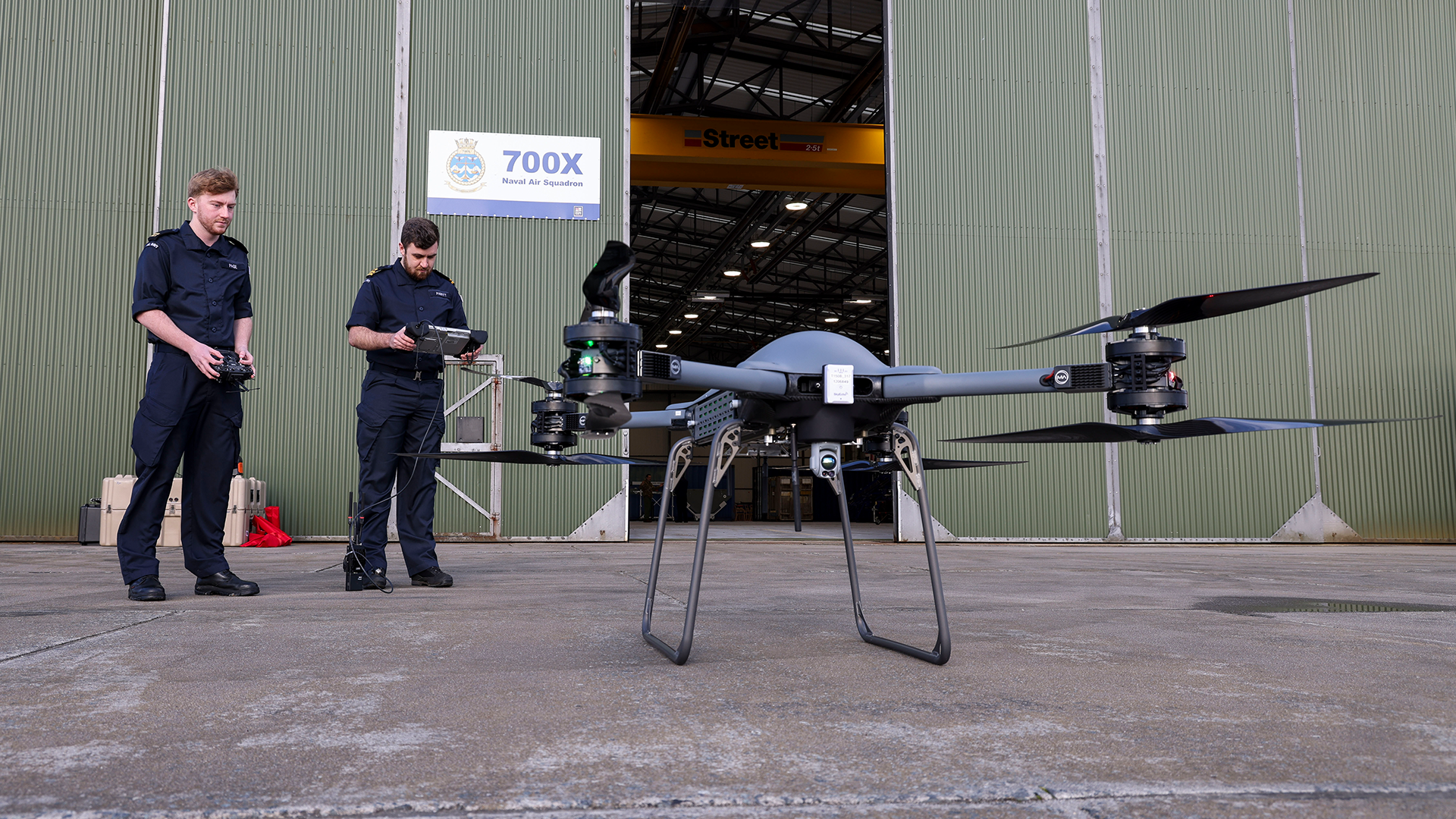
Carrier Strike Group to trial drones for delivering supplies during Far East deployment

A fleet of nine Malloy T-150 drones will support the UK Carrier Strike Group when it deploys to the Indo-Pacific later this month, marking a significant step forward in uncrewed logistics at sea.
Alongside F-35B stealth jets and naval helicopters, the flagship HMS Prince of Wales will carry octo-copters, capable of delivering engineering parts, food and parcels from home between vessels in the task group.
The drones, operated by 700X Naval Air Squadron, are being trialled to free up helicopters for frontline tasks, including force protection.
Operated by 700X Naval Air Squadron, the drones are being trialled to free up helicopters for frontline tasks, including force protection.
Lieutenant Matt Parfitt, a drone flight commander with 700X NAS, said: "There is a statistic from previous carrier strike deployments that shows 95% of stores transferred weigh less than 50kg. They could be anything from parcels from home to a vital engineering part.
"In the past, we'd have used a helicopter if a part was urgently needed on another ship.
"This time we're going to use a remotely piloted, uncrewed system instead.
"We are aware that we're trialling new things and, because it's not been done before on this scale, the eyes of the fleet will be on us."
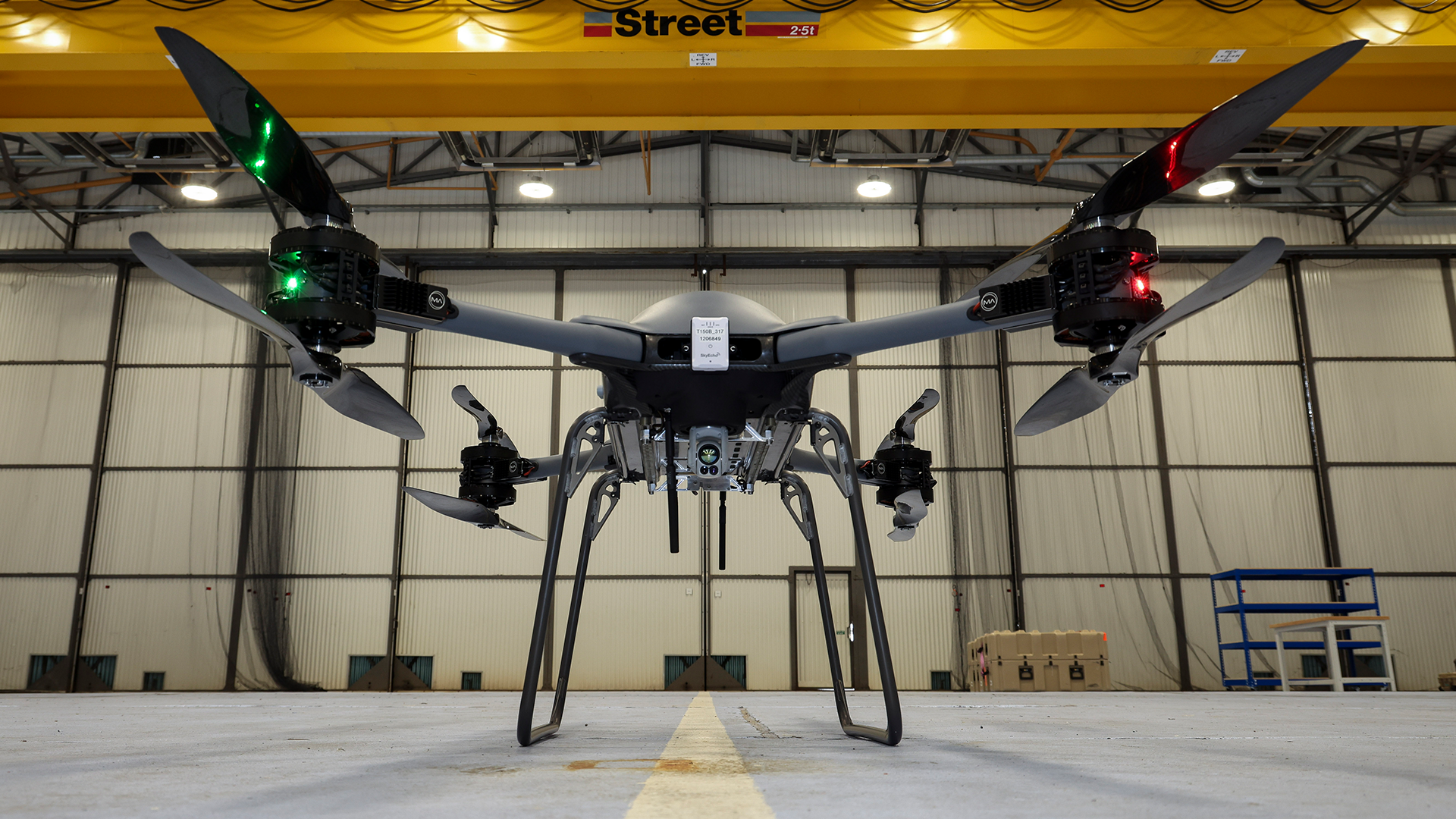
With eight rotor blades and a top speed of 60mph, the T-150 can carry loads of up to 68kg for up to 40 minutes.
The drones can be flown manually or autonomously using designated waypoints, and require a two-person team to operate.
The systems were delivered last August, and sailors have since been training to fly and maintain them in a maritime environment.
"We've had to learn how to fly and maintain them and how to integrate them into the crewed aviation space," Lt Parfitt said.
"That's an awful lot of regulations and documentation that has to be done, which is a lot of work for us as we prepare to deploy."
The drones, developed by UK firm Malloy, are part of a Ministry of Defence research and development programme to accelerate new technology into frontline service.
"This is exactly the sort of thing we joined the Navy to do, and certainly why we joined this squadron," Lt Parfitt added.
The team includes sailors retrained from other specialisms. Able Rate Michael Page joined the Navy as a naval airman aircraft handler and is now a qualified remote pilot.
"It's a lot different from being an aircraft handler," he said. "You've got a lot more responsibility in this role and they don't just need to look at your rank, instead they look at your level of skill too.
"It's been really good. I've enjoyed going on all types of ships and I've already been deployed to the Far East, West Africa and the Caribbean."
Twelve personnel from 700X will initially operate the drones from three ships in the task group, with the aim of proving the technology's value in real-world conditions.
For more reports about Carrier Strike Group 25 click here.

